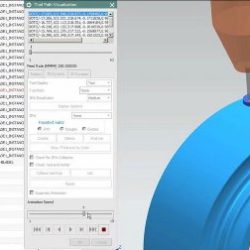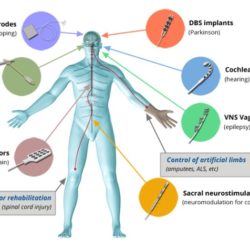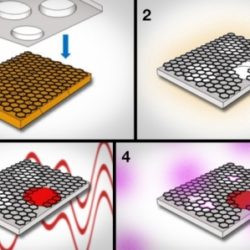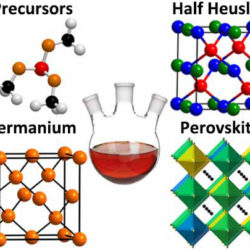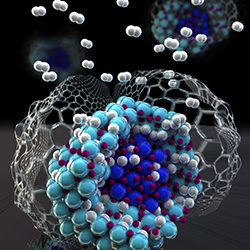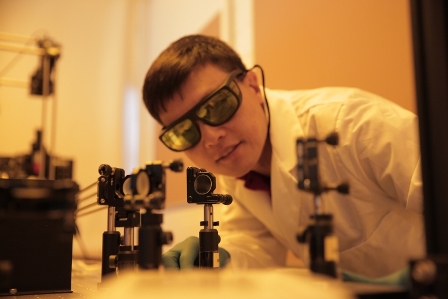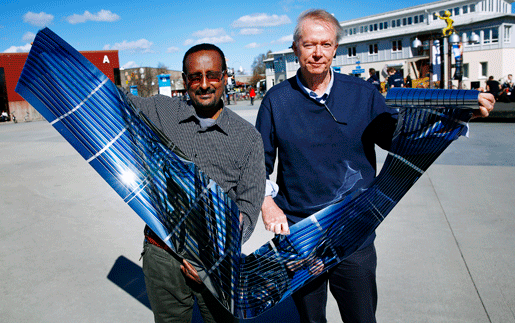More than EUR 6 Mil. goes to advanced materials for additive manufacturing
Specific Challenge: Additive manufacturing (AM) is now applied in the processing of most industrial metals, ceramics, polymers and composites, albeit at quite different levels of industrial readiness. The challenge is to develop equipment that allows the additive layer manufacturing of multi-materials items and multi-functional materials (for research, transport including aeronautic, consumer customised goods, communications, biomaterials Read more about More than EUR 6 Mil. goes to advanced materials for additive manufacturing[…]
